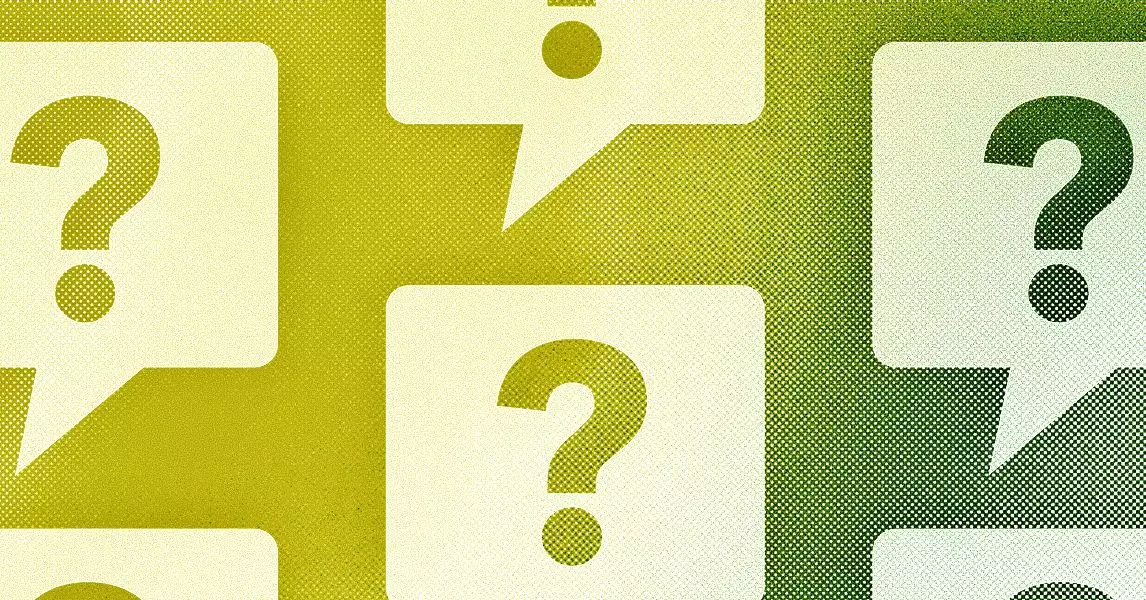Artificial intelligence, particularly generative AI, is reshaping the landscape of the entertainment industry in unprecedented ways. While technological progress often promises efficiency and innovation, the current wave of AI integration reveals a more complex narrative—one of displacement and concern among creative workers. Visual artists, who once relied on manual sketching and creative intuition to develop storyboards for films and television, now face an existential threat. Image-generation tools can produce detailed scenes with minimal human input, making many traditional jobs redundant. This shift not only undermines the livelihood of individual artists but erodes the creative process that has historically depended on human intuition, experience, and artistic judgment.
Major Hollywood productions, including blockbuster superhero movies, are experimenting with these technologies, blurring the line between human artistry and machine-generated visuals. While some studios tout AI as a tool to streamline pre-production stages, the broader consequence is the potential flattening of diverse artistic voices to fit AI’s algorithmic molds. What was once a community of talented artists pushing creative boundaries now risks being reduced to a set of inputs for a machine that can generate comparable visuals in a fraction of the time. Such developments threaten to commodify artistry, turning what was once a highly skilled craft into an assembly line process driven by algorithms rather than human ingenuity.
The Impact on Industry Labor Dynamics and Ethical Dilemmas
The controversy surrounding AI in Hollywood gained significant traction during recent industry strikes, highlighting the widespread anxiety about job security and fair compensation. The fundamental concern is that AI technologies, although marketed as augmenting human work, tend to favor the studio’s profit margins over workers’ rights. Actors, stunt performers, and crew members harbor fears that AI could soon replace more than just ancillary roles—potentially impacting their livelihoods and creative control. The core issue is a power imbalance: studios have significant financial incentives to adopt AI to cut costs, while labor groups emphasize the importance of protecting human employment and maintaining artistic integrity.
Despite these concerns, some industry voices—particularly from documentary filmmakers and progressive directors—embrace AI tools for their potential to enhance storytelling. Certain filmmakers see AI as a way to democratize content creation, lowering barriers for emerging artists and enabling experimental narratives. However, prominent directors like Darren Aronofsky benchmark their ventures into AI as a double-edged sword. Aronofsky’s partnership with Google’s DeepMind exemplifies how leading creators are diving into AI-driven projects, risking contentious outcomes that could reshape artistic priorities and ethical standards in unpredictable ways.
What complicates the landscape further is the nuanced reality that AI is not a monolithic force but a technology with diverse applications—some beneficial, others threatening. The industry’s moral debates pivot around whether AI is an innovation to be embraced or a weapon that could further consolidate studio power at the expense of individual creators.
Reimagining Creativity in the Age of Artificial Intelligence
While the narrative of AI as a destructive force dominates headlines, there is a burgeoning subset of creators who see opportunity amid the upheaval. Innovators in documentary filmmaking and experimental cinema are leveraging AI to push the boundaries of storytelling. These pioneers are exploring how AI-generated imagery, scripts, and even entire narratives can serve as tools for artistic exploration rather than replacements for human talent.
This duality exemplifies the broader cultural debate: Will AI be a democratizing force that expands creative expression, or will it serve as an oppressive mechanism that consolidates control within corporate studios? The reality may lie somewhere in between—dependent on how industry stakeholders navigate these technological advances. Creators and consumers alike must interrogate who benefits from AI-driven content and at what cost.
Envisioning a future where AI complements human creativity rather than replaces it requires conscious effort and ethical considerations. Authentic storytelling rooted in human experience remains invaluable, yet AI’s role as a collaborative partner could unlock new artistic dimensions if wielded responsibly. Ultimately, the challenge for Hollywood and the creative industries at large is to harness AI’s transformative potential without sacrificing the diversity, integrity, and humanity that define art.
Despite the risks, this period marks an inflection point—an opportunity to redefine the essence of storytelling. Future success hinges on striking a balance: leveraging AI’s capabilities to enhance authentic human creativity while safeguarding the livelihoods and voices of those who have historically driven artistic innovation. Only through deliberate, ethically guided integration can the entertainment industry ensure that technological progress serves to elevate, not diminish, the art of storytelling.

